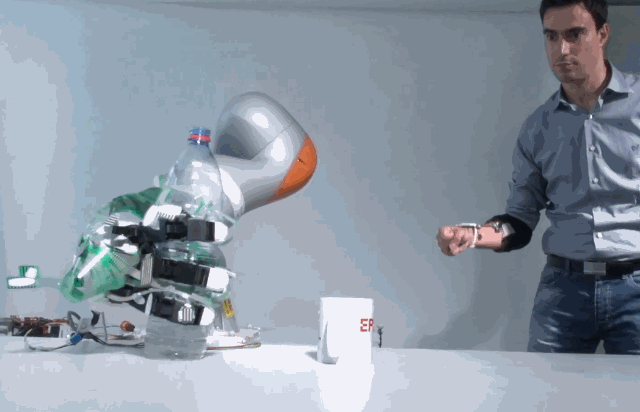Google is bringing data saver feature to Android TVs
Google said on Tuesday it is bringing a set of new features to Android TVs to improve the experience of users who rely on mobile hotspots to connect their giant devices to the internet. The features, […]
Google is bringing data saver feature to Android TVs Continue »







